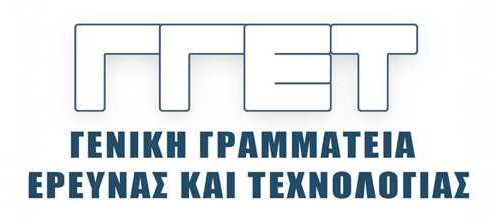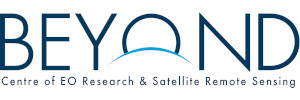 |
1. MODELLING AND CORRECTION OF ATMOSPHERIC AND ORBITAL ARTEFACTS ON InSAR DERIVED CALCULATIONS TOWARDS AN IMPROVED SEISMIC AND VOLCANIC RISK ASSESSMENT 2. A SYSTEM FOR IMPROVED MANAGEMENT OF OIL SPILL POLLUTION OF SEAS BASED ON SATELLITE TECHNOLOGY GENERAL SECRETARIAT OF RESEARCH AND TECHNOLOGY (GSRT), BILLATERAL SCIENTIFIC COLLABORATION BETWEEN GREECE-FRANCE & GREECE - ITALY 2002-2004 60.000 EUR |

Between the first projects that laid the foundation for the development of FloodHub and GeoHub systems of the BEYOND Center of Excellence.
(1) The project was implemented in collaboration with the Institute of Geophysics of Paris (Institut Physique du Globe de Paris/Jussieu) and the Laboratory of Higher Geodesy of the Department of Surveying Engineering of NTUA. Models have been developed to correct the radar SAR ERS1 & 2 and ENVISAT based interferometric calculations from noise due to atmospheric disturbances (troposphere and ionosphere) and satellite orbit geometry uncertainties. It also provided the basis for the advancement of relevant research in the field of permanent scatterers at NOA, focusing on the wider area of Athens. The project helped to gather appropriate data and exploit the InSAR technology, with a view to observe and assess very small movements of a few millimeters per year, due to the construction activity and the overexploitation of groundwater reservoirs.
(2) The 2nd project was implemented in collaboration with the Laboratory for Meteorology and Environmental Modeling of the Institute of BioMeteorology of the National Research Council of Italy, the European Space Agency (ESA), and the National Center for Marine Research (HCMR). The project specified and developed a prototype operational application system for the detection of oil spills, monitoring and management of sewage pollution in the Mediterranean. The design of the system was based on a detailed study of the capabilities offered by the Radar SAR, ERS1&2, RADARSAT and ENVISAT satellite systems, and suggested ways to link with more conventional ground, offshore and airborne monitoring systems (air, water and coastal systems). A system has been developed that integrates orbital data of various satellite systems as above, and allows for the estimation of satellite image availability by assessing the temporal frequency and exact time a satellite is overpassing any point in the Greek seas, and the derivation of several other useful parameters supporting systematic actions for monitoring of the marine environment by the use of SAR sensors. Several criteria were used for delimiting the marine areas that represent an increased risk of oil spill pollution, such as the frequency of ship passages, the type of ships and cargos, the meteorological conditions, the anthropogenic activities along the coasts, as well as the specificity of the regions in terms of ecological and socio-economic significance. The project completed the information system of POSEIDON of the HCMR providing operational forecasting and immediate information on the current meteorological and dynamic conditions over the Greek seas and attempting realistic estimations on the spread of oil spill pollution using the POSEIDON dispersion models. The project developed a web-based GIS system, which gives assessments on the dispersion of oil spill pollution from the first alarm and for at least 24 hours thereafter. The results of the project were subject of a number of relevant scientific publications.

